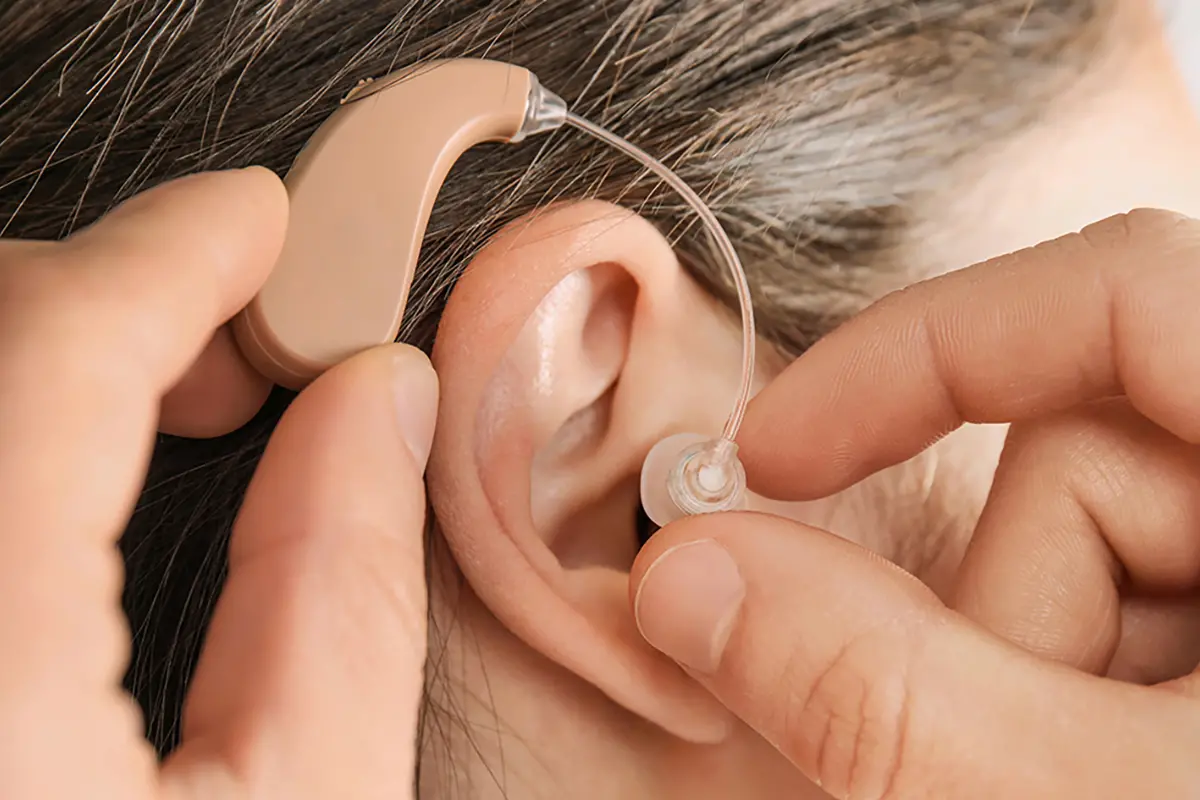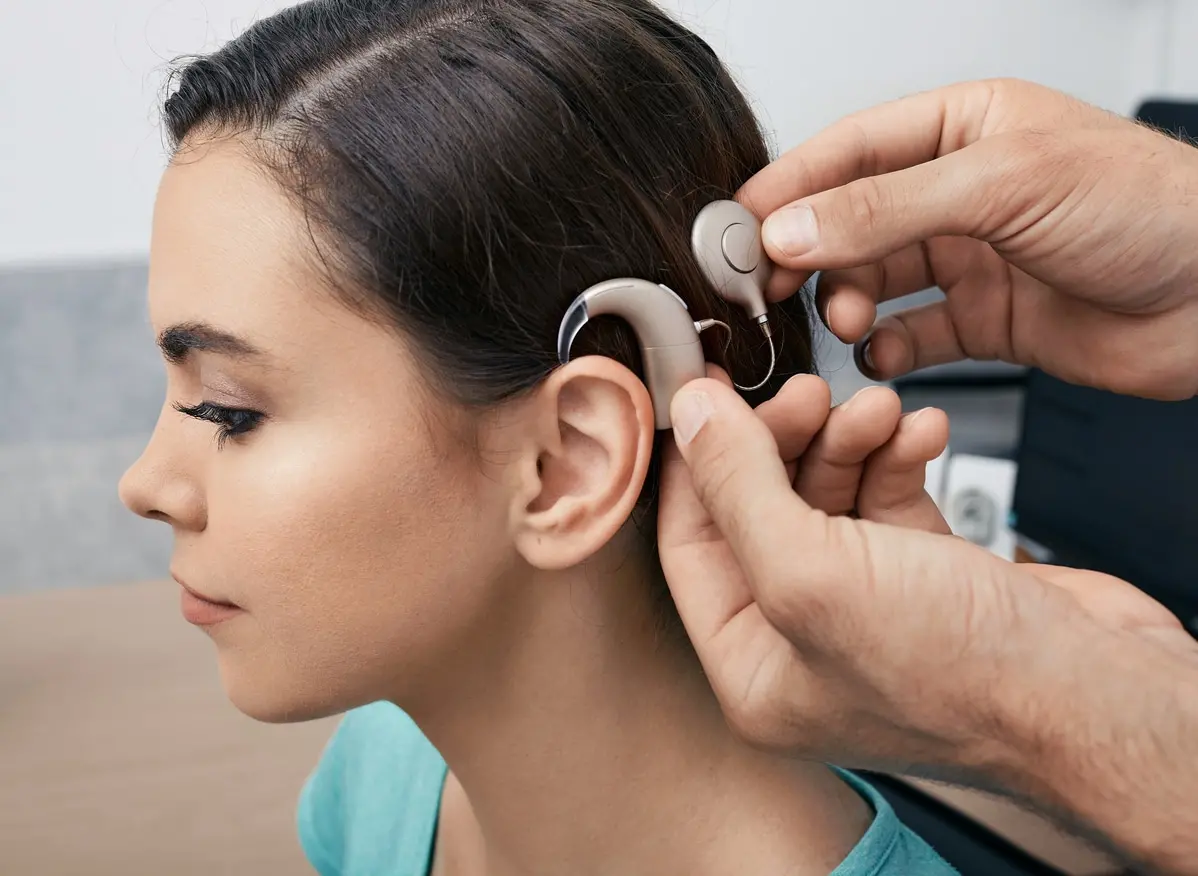Whether you're buying for yourself or a loved one, this guide provides data-backed insights to help you make an informed decision in 2025.
1. Understand the Different Types of Hearing Aids
a) Behind-the-Ear (BTE) & Receiver-in-Canal (RIC)
- Best for: Moderate to severe hearing loss
- 2025 Trend: AI-powered noise reduction improves speech clarity in crowded environments by 40% (Starkey, 2025).
- Battery life: Up to 30 hours with rechargeable options.
b) In-the-Ear (ITE) & Completely-in-Canal (CIC)
- Best for: Mild to moderate hearing loss
- 2025 Trend: Smaller, nearly invisible designs with Bluetooth 5.3 for seamless smartphone connectivity.
- Drawback: Shorter battery life (~5 days).
c) Over-the-Counter (OTC) Hearing Aids
- FDA-approved since 2022, now 30% more affordable than prescription models (Consumer Reports, 2025).
- Best for: Mild to moderate hearing loss (self-fitted).
2. Key Features to Look for in 2025
✔ AI & Machine Learning
- Adaptive sound processing adjusts in real-time based on environment (e.g., restaurants vs. phone calls).
- Fall detection & health monitoring (available in 20% of premium models).
✔ Bluetooth & Smartphone Integration
- Direct streaming for calls, music, and TV (via LE Audio & Auracast).
- App-controlled adjustments (e.g., Jabra Enhance, Phonak).
✔ Rechargeability & Battery Life
- 90% of new models now use lithium-ion batteries (lasts 24+ hours per charge).
- Solar charging cases (emerging in 2025).
✔ Tinnitus Masking Technology
- 40% of hearing aid users report tinnitus relief with built-in sound therapy (American Tinnitus Association, 2025).
3. How to Get the Best Value
a) Insurance & Medicare Coverage
- Medicare Part B covers diagnostic tests but not hearing aids (private insurers like UnitedHealthcare offer partial coverage).
- HSAs & FSAs can be used for hearing aid purchases.
b) OTC vs. Prescription Hearing Aids
| Feature | OTC Hearing Aids | Prescription Hearing Aids |
|---|---|---|
| Cost | $500–$1,500 | $2,000–$6,000+ |
| Customization | Self-adjusted | Audiologist-fitted |
| Best For | Mild to moderate loss | Severe/profound loss |
c) Where to Buy
- Audiologist clinics (best for severe hearing loss).
- Online retailers (Amazon, Best Buy – 30% cheaper but limited support).
- Big-box stores (Costco – high-quality at 20–40% discount).

4. Future Trends in Hearing Aids (2025 & Beyond)
- Augmented Reality (AR) integration – Subtitles displayed in smart glasses.
- Health tracking – Heart rate, step count, and cognitive health monitoring.
- Brain-computer interface (BCI) prototypes – Experimental models that enhance neural processing.
5. How to Test Before Buying
- Try before you buy – Many clinics offer 30-day trials.
- Check return policies – Some online sellers offer 100-day money-back guarantees.
- Read reviews – WebMD, HearingTracker, and Reddit provide real-user experiences.
Final Checklist Before Purchase
✅ Get a hearing test (free at most clinics).
✅ Compare OTC vs. prescription options.
✅ Check insurance coverage.
✅ Test battery life & connectivity features.
✅ Read warranty & return policies.
